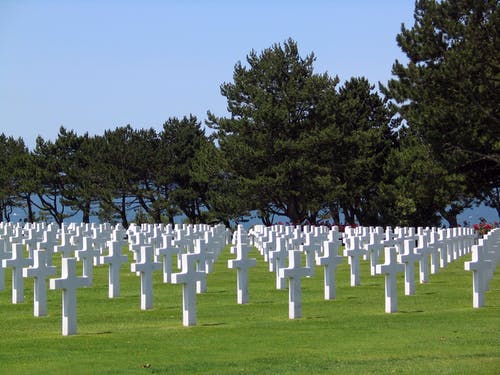I’d like to start this blog post with a question for all of us to ponder. Have you ever met someone who has been touched by suicide or has thought of suicide? I think the answer would be more to the affirmative than most of us would like to admit. Many of us have been exposed to suicide in some way throughout our lives, either directly or indirectly. Our military service members are no exception. Recent statistics show that as of 2019 Veteran suicides averaged 17.2 people per day (2021, National Veteran Suicide Prevention Annual Report). While there are many different contributors as to why that number is so high, there is still a question that must be answered. How do we protect our country’s heroes? While many veterans have access to mental health services of some kind, many of them do not always use them for one reason or another. So how do we as a community help protect our veterans from suicide?

1. Come alongside our veterans and their families. All military families need support from the community at some time or another. It helps them feel grounded and feel like they have a place to belong even though they may not be from that particular town or area. This also applies to our veterans. Many of our service members tend to feel forgotten by the general public when they either leave the armed forces or during peacetime. As a community, we must always show appreciation to our veterans for their service due to the cost that is often required of them. Some practical ways that we can come alongside our veterans and their families may be to “adopt” a military family or a veteran to see if they have any needs that can be met by community members.
2. Be intentional about including veterans and active duty service members in your community circle. The challenge that military service members face is the sense that they can’t connect with the community that they are living in because they will eventually leave it. This can cause a service member to isolate. A way to combat this is to be intentional about getting active duty service members and veterans involved in civilian community circles (i.e. churches, mental health support groups, sports teams, etc.).
3. Provide community mental health resources that can come alongside what veterans are receiving through the V.A. While all veterans have access to medical and mental health services through the V.A., there are times when those services don’t always meet a specific need (i.e. a veteran may need EMDR therapy and they can’t get it through the V.A.). Publicizing community mental health resources and making them accessible to veterans and active duty service members, can help curb the tide of suicide rates.
4. Let our veterans and active duty service members know that their service and sacrifice do not go unnoticed. While we do set aside specific days to remember our veterans and brave men and women who laid down their lives for our country, many times we can easily go for days without really remembering the sacrifice that these people made on our behalf. We can easily take for granted our freedoms because we’ve had them for so many years while forgetting that these freedoms are never for free. Many veterans are victims of traumatic events, and often feel that what they went through is not even acknowledged or respected. Setting aside time to regularly show appreciation for our veterans can show them that their services were important and valuable. An example of showing appreciation can be inviting a veteran or active duty service member to your home for the holidays if they don’t have any family to celebrate with.

Our veterans and active duty service members are valuable members of our society. While they may have resources that are provided for them through the V.A. and their bases, they are still a part of the communities that they are stationed in. We, as civilians and citizens of the United States, can show appreciation for their service regularly by simply showing that they are needed and valued. This can curb the tide of suicide in our veteran population.
Work Cited
Office of Mental Health and Suicide Prevention, 2021National Veteran Suicide Prevention Annual Report1–17 (n.d.). Department of Veteran Affairs.
